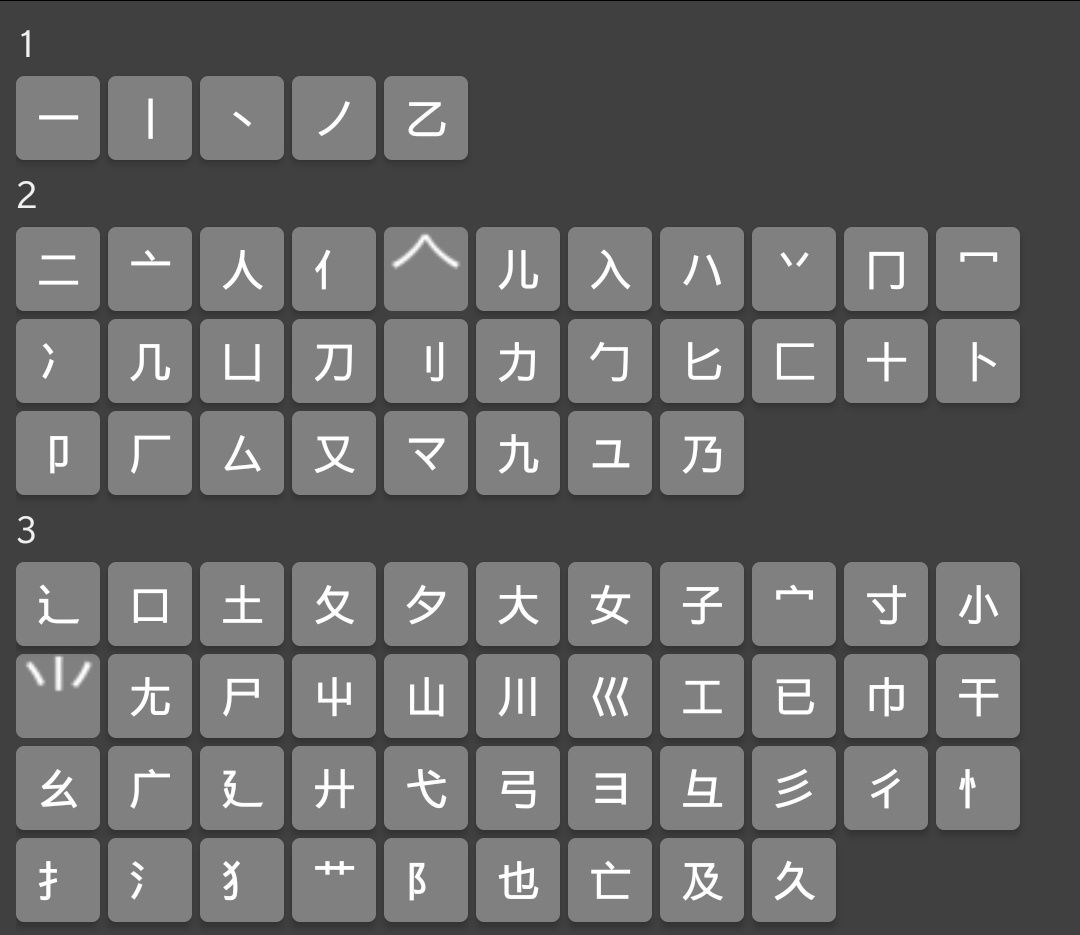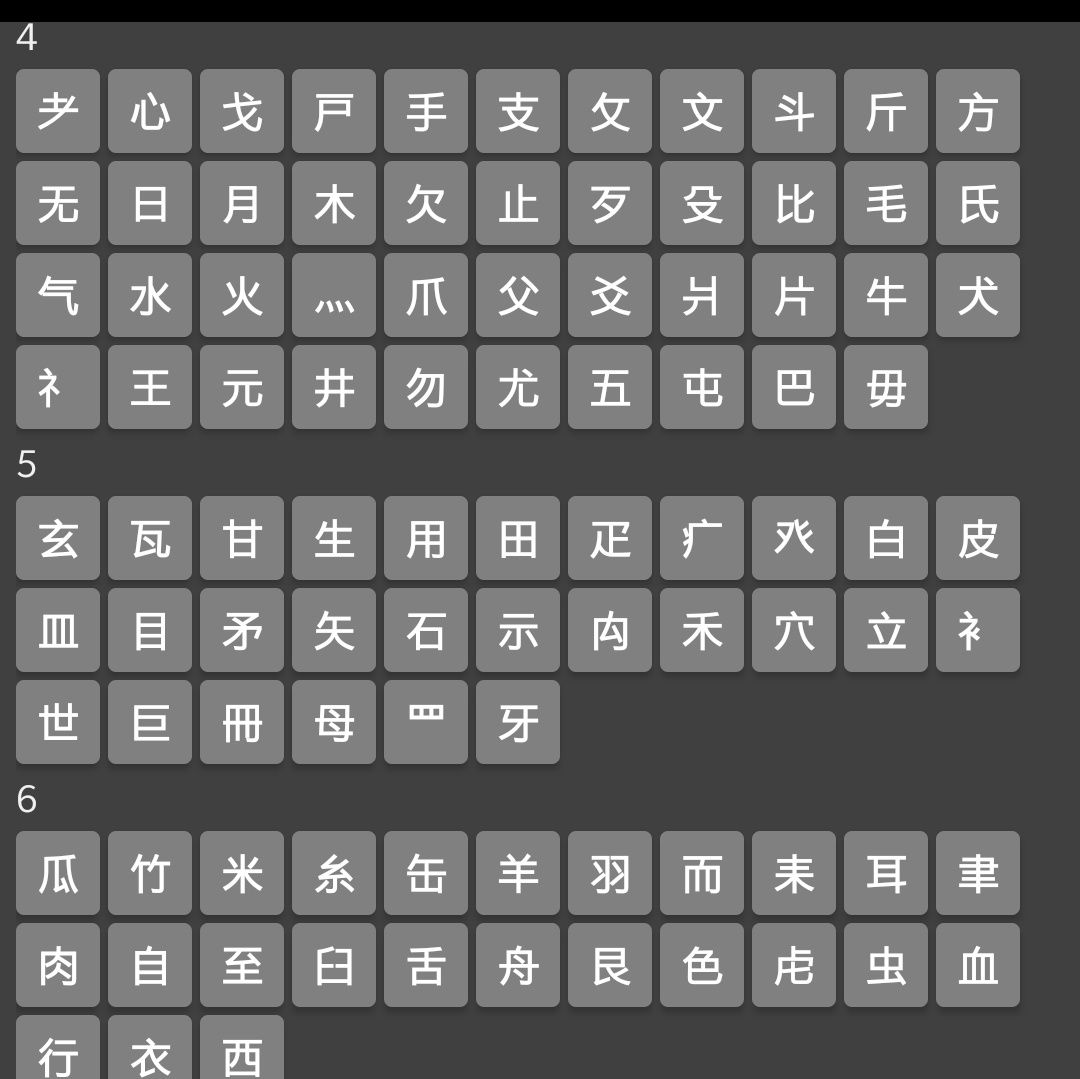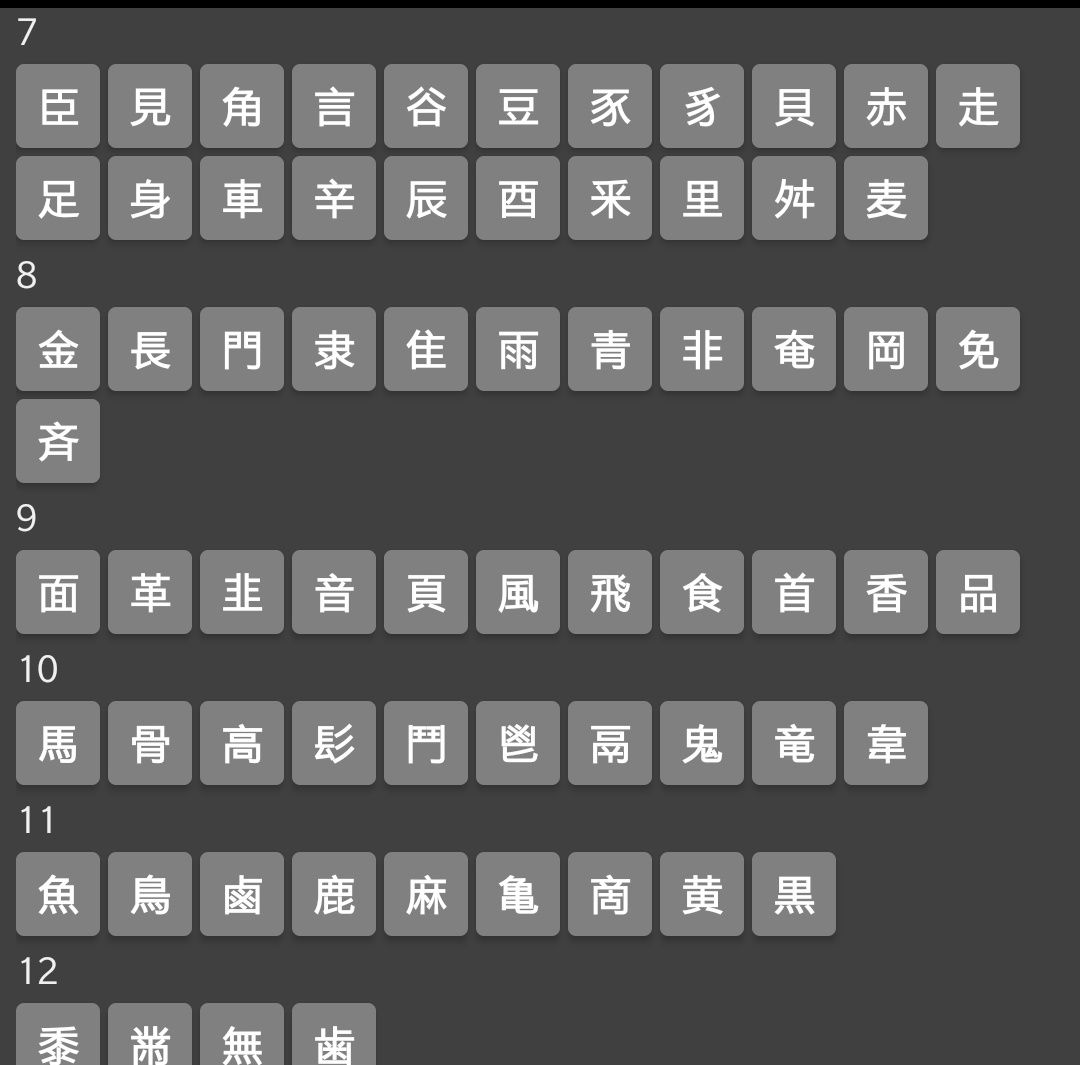掲示板 Forums - Looking for (even more) writing exercises
Top > 日本語を勉強しましょう / Let's study Japanese! > Anything About Japanese Getting the posts
Top > 日本語を勉強しましょう / Let's study Japanese! > Anything About Japanese
When I was first learning to write at school (in English) we had writing exercises that were designed to help for the shape of letters (rather than the exact letters themselves) they looked something like this youtube video demo. Is there an equivalent for Japanese? I know that English prioritises shape and Japanese prioritises stroke order so I appreciate it may look very different.
Basically I have weird bendy hands so a variety of practice is going to help if I can get it.
I've been using quick draw (love it!) and the kana practice sheet print outs for actually practicing the letters. It's the supplementary shapes/movements that I'm wondering about.
Thanks!
Hi Kuma! Thanks for your thoughtful reply.
The YouTube video in the previous post illustrates some exercises a person learning to write English can use to build familiarity with the specific motions of handwritten English. When I was a kid this helped me identify the parts of writing that i was struggling with and practice them. So guess instead of kanji radicals or any of the kana i was wondering about the fundamental movements of japanese writing.
Reading caligraphy and speed writing samples i think will help me longer term in deciphering kanji and getting used to the nuances.
Thanks again!
Hi Kuma! Thanks for your thoughtful reply.
The YouTube video in the previous post illustrates some exercises a person learning to write English can use to build familiarity with the specific motions of handwritten English. When I was a kid this helped me identify the parts of writing that i was struggling with and practice them. So guess instead of kanji radicals or any of the kana i was wondering about the fundamental movements of japanese writing.
Reading caligraphy and speed writing samples i think will help me longer term in deciphering kanji and getting used to the nuances.
Thanks again!
You are welcome. Oh, I think i see the issue now. My education method was the traditional rote learning and repeating. So per stroke, by my teacher's methods, we do it as per word, repeating it for the whole row of the chinese writing paper.
The dictionary here for the kanji does illustrate the stroke on where to start and end. however, I am not sure whether you need more help with the single brush stroke components.
I studied chinese calligraphy a little and used a brush for writing (in addition to pencil and pen), so i do it the chinese way and stroke order (different in some words than japanese, and some "horizontal" strokes are of the "wrong" angle, therefore inverting a stroke direction from a right-to-left curve stroke into a left-to-right horizontal stroke).
There are primary brush stroke components you can practice with, but it will be hard to illustrate without videos, or drawings.
I have a kanji dictionary that breaks down kanji by parts, so i'll post here on how the dictionary use those radicals and parts to filter for kanji. Each number correspnds to number of strokes.
Generally, the stroke direction seems to be made for right-handers and follows how we read english today from top left to bottom right. There are some uncommon cases that the stroke is from bottom left to top right (can't tell you the stroke name in japanese because i don't know).
You'll notice that some stroke/parts are illustrated in the center taking the full square frame, while some are side of the frame showing you when they are part of the full character. A number of those which are center kanji characters can be squeezed to any of the quadrant of the square frame, or any of the columns of the square (there are 3-columns and more, and multi-part characters which are more complicated.
Here's the charts. You'll have to check the dictionary or videos for the strokes.



